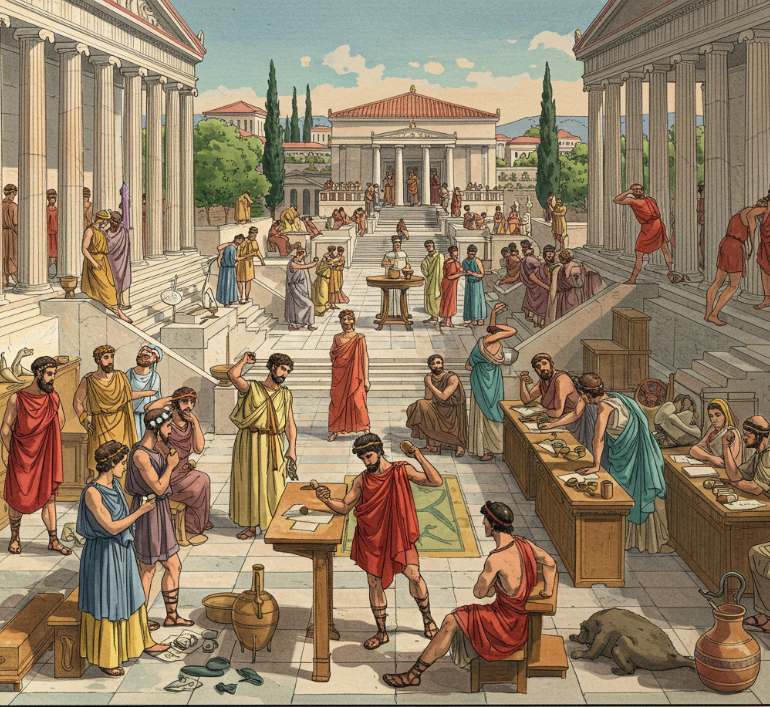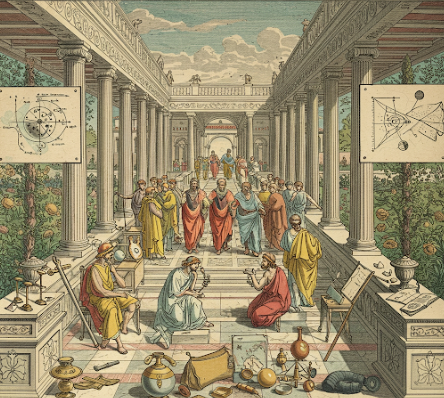Situated in South-eastern Turkey, Zeugma, literally “bridge” or “crossing” in ancient Greek, owes its name to the fact that it was located at the major ancient crossing point on the river Euphrates. The ancient term Zeugma actually referred to the twin cities on the opposing banks of the river. They were Hellenistic settlements established by commander Seleucus Nicator around 300 BCE. Today the name Zeugma is usually understood to refer to the settlement on the west bank, called Seleucia after the founder, while the one on the East bank was called Apamea after his Persian wife Apama. The twin settlements were crucial in the cultural policies of the Seleucid empire aiming to achieve the integration of Greco-Macedon and Semitic cultures in the region. In 64 CE, Seleucia came under the rule of the Commagene Kingdom, and then from 72 CE, it was the major eastern frontier city of the Roman Empire. With two Roman legions based in Zeugma in the first century CE, the strategic importance and cosmopolitan nature of the city increased greatly. Due to its crucial position on commercial routes and to the volume of its traffic, Zeugma was chosen by the Romans for toll collecting. Zeugma prospered and functioned as a major commercial city as well as a military base.
Featured








